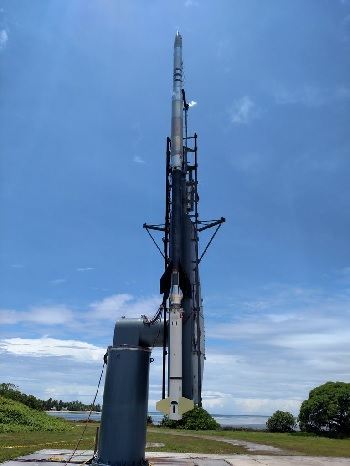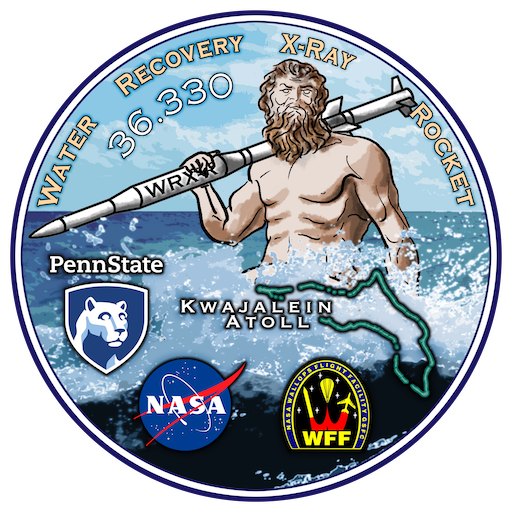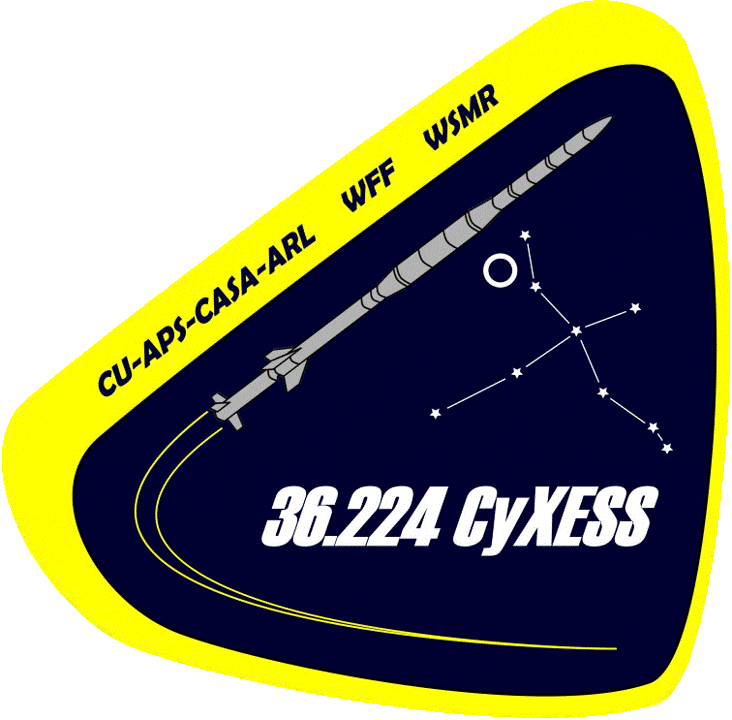Nanofabrication and Astronomical Instrumentation at Penn State
Our Members
We value diversity and are working toward creating a more diverse laboratory with efforts such as Dr. Bridget O’Meara’s partnering with PSU’s Society of Women Engineers to create a path for mentoring young women engineers in our lab and Dr. James Tutt partnering with Millenium Scholars and EnvironMentors to offer opportunities for undergraduate research.




What We Do
- Reflection Gratings – Our group designs, fabricates, and implements reflection gratings. These gratings are made for use on missions from small sounding rockets to probes and flagship missions.
- Sounding Rockets – Our group leads a suborbital rocket team to develop critical technologies for future NASA X-ray missions. Our current payload is the Off-plane Grating Rocket Experiment (OGRE). Past missions can be viewed below.
- Nanofabrication – Our group uses lithography, etch, and deposition tools from the state-of-the-art nanofabrication facilities at the Materials Research Institute
Current Missions
Our current payload is the Off-Plane Grating Rocket Experiment (OGRE).
OGRE
The Off-plane Grating Rocket Experiment (OGRE) is a suborbital rocket payload that will fly a high-resolution soft X-ray grating spectrometer. Anticipated to launch in late 2021, the spectrometer will seek to obtain the highest resolution soft X-ray spectrum to date of its target – Capella. To achieve this ambitious goal, the spectrometer will consist three cutting-edge technologies: a mono-crystalline silicon X-ray optic module manufactured by NASA Goddard Space Flight Center, six reflection grating modules developed by Penn State, and four electron-multiplying CCD detectors developed by XCAM Ltd. and The Open University in the United Kingdom.
Past Missions

tREXS
The Rockets for Extended-Source X-ray Spectroscopy (tREXS) was a suborbital rocket payload that flew a diffuse soft X-ray grating spectrometer launched in September 2022. The spectrometer consists of passive, mechanical focusers, arrays of reflection gratings, and a focal plane consisting of CIS 113 CMOS detectors. The instrument, which has a field-of-view > 10 sq. deg., and sought to obtain the most highly-resolved spectra of diffuse soft X-ray emission from the Cygnus Loop.
WRXR
The Water Recovery X-ray – Rocket (WRXR) was a X-ray spectroscopy payload that was capable of providing moderate spectral resolution, R(λ/Δλ) ∼30 and was meant to study the Vela Supernova Remnant on a flight from Kwajalein, Marshall Islands. The mission measured the key lines that indicate the temperature and ionization state of this plasma. Characterization and comparison of the soft X-ray emission led to a more complete understanding of the evolution of supernova remnants and their interaction with the surrounding interstellar medium and it shed light on matter and energy feedback in the galaxy in general.


OGRESS
The OGRESS instruments provided high spectral resolving power for large diffuse X-ray sources. The science target was the Cygnus Loop supernova remnant which is one of the brightest and largest soft X-ray emitters in the sky. The observation provided global plasma conditions from this object which are typified by interactions between the supernova blast wave and a precursor formed cavity wall. The payload also contained a critical NASA X-ray technology ― off-plane reflection grating arrays. Combined with parallel technology development efforts, this mission provided a flight proving platform for future X-ray missions.
CyXESS
The scientific goal of this sounding rocket was to obtain x-ray spectral diagnostics of a nearby extended supernova remnant, the Cygnus Loop. The Cygnus Loop is the quintessential middle aged, shell structured supernova remnant. Understanding the relationship that supernovae have with their environments is crucial when considering everything from interfaces between different phases of the ISM to star formation to energy and matter feedback in galaxies and clusters. The CyXESS instrument addressed the structure and dynamics of supernova remnants and the hot phase of the interstellar medium. The CyXESS obtained physical diagnostics of the galactic halo and detected emission from the intergalactic medium.

